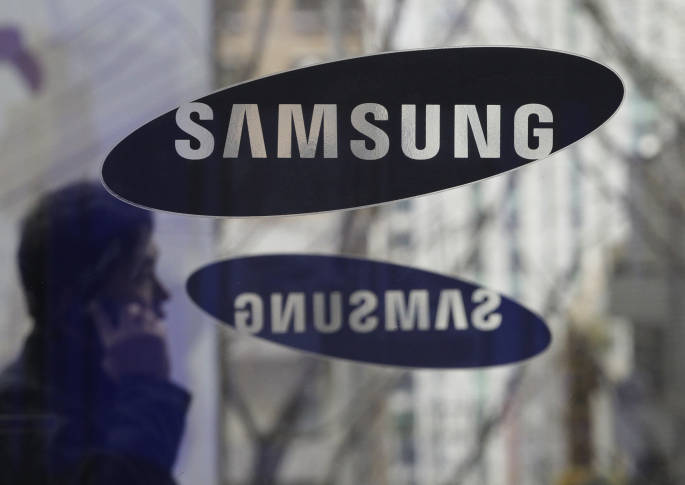US court sides with Samsung in patent dispute with Apple
It’s a big win for Samsung, because they will more than likely not have to hand over as much money as previously decided.
Writing for the court, Justice Sonia Sotomayor said Apple might not be entitled to Samsung’s entire profit on 11 infringing smartphones.
The case stems from a 2011 lawsuit Apple brought against Samsung for violating the patents it holds on the look of the iPhone face and the grid used to lay out the application icons.
Samsung won the backing of major Silicon Valley and other IT sector giants, including Google, Facebook, Dell and Hewlett-Packard, claiming a strict ruling on design infringement could lead to a surge in litigation.
“The court basically punted”, said Mark Lemley, a law professor and director of the Stanford Program in Law, Science and Technology, who had previously filed a brief on behalf of Samsung in the case.
Samsung previously had been ordered to pay Apple $399 million in damages.
After a trial in 2012, Apple was awarded almost $930 million in damages. That means Samsung has a chance to get back the $339 million it agreed to pay Apple previously, or that the damages could simply be lowered by some measurable number.
“But, for the reasons given above, the term “article of manufacture” is broad enough to embrace both a product sold to a consumer and a component of that product, whether sold separately or not”.
The Supreme Court has weighed in on a patent battle between Samsung and Apple, siding with Samsung by declaring that the patent infringement for an element of a design should be treated differently from the infringement of an entire design.
“It’s clearly a victory for Samsung”, says Michael Risch, a patent law professor at Villanova University.
Samsung in December 2015 paid Apple $548 million.
Samsung naturally argued that the balance of $399 million in damages figure was far too excessive and that the design patents upon which the damages award was based were being afforded far too much value. Apple said the verdict was fair because the iPhone’s success was tied to its distinctive look. Instead, the court ruled it’s possible a design patent only covers part of a product rather than all of it. The Supreme Court hadn’t considered design patents since disputes involving spoon handles in the 1870s and carpets in the 1890s.
This case brings to boil an issue that’s been simmering for years: innovation versus inventor protection.
In 2010 Apple began by suing Samsung, but the Korean firm counter-sued just days later. In 2012, a jury in San Jose ruled in favour of Apple, forcing Samsung to pay $1 billion to its American rival. “While they are still very valuable, this decision reduces slightly the advantages of a design patent by limiting the amount of damages that can be recovered”.
Tuesday’s decision makes clear that design patents can represent only a portion of a product’s total value – particularly when that product has as many complex internal and external components as a smartphone.








